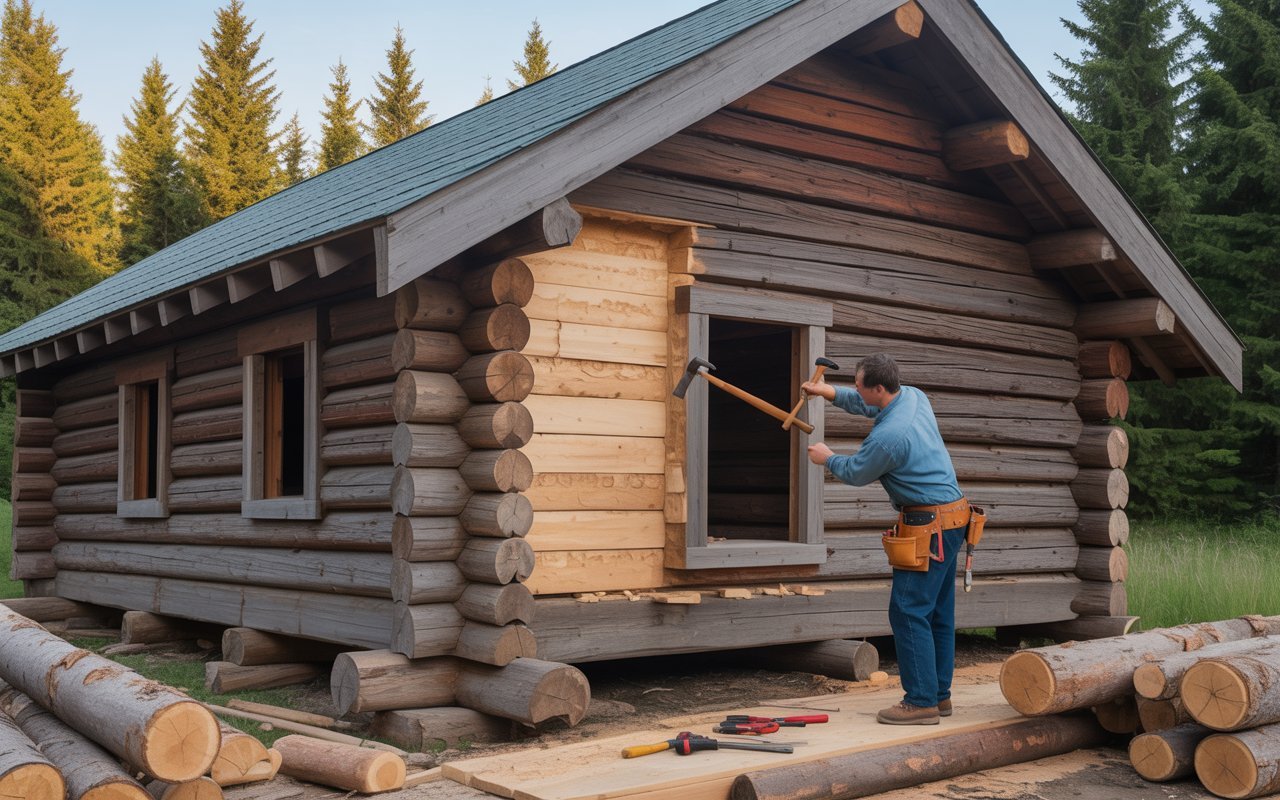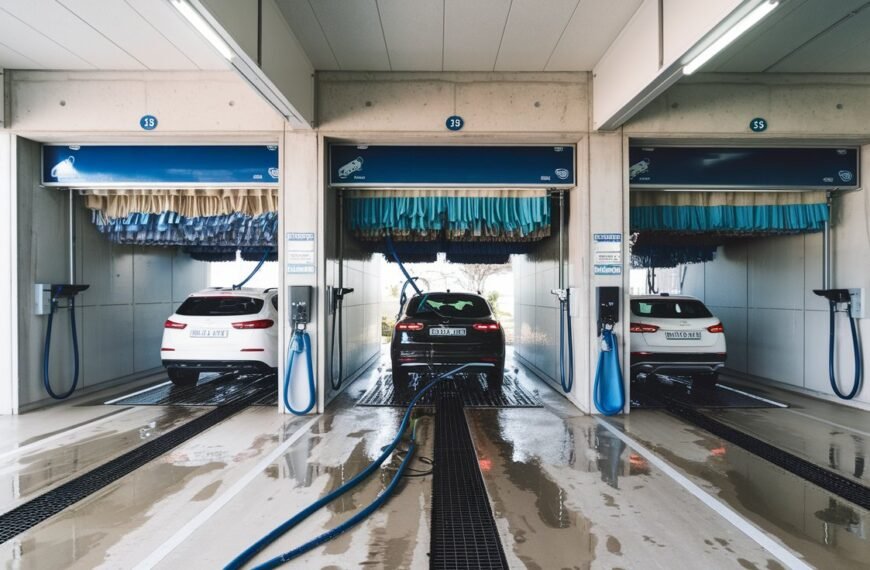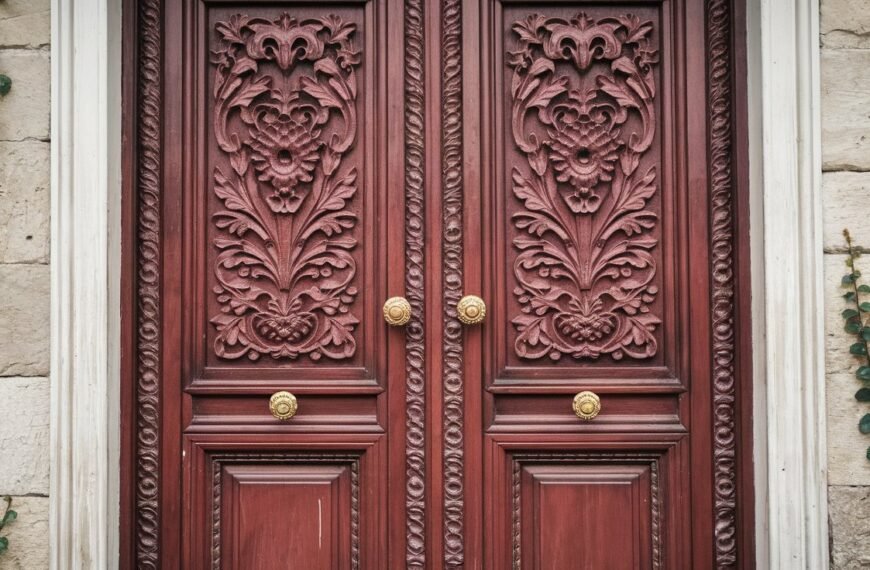A log cabin is a structure made from peeled logs joined together using adhesives, such as chinking caulk. Log cabins may be susceptible to the effects of the weather and pest infestation over time. Conducting regular inspections enables you to identify any issues, allowing you to make the necessary repairs. Below are some steps taken during log cabin repairs:
Assessment
Evaluating your cabin for any signs of damage allows you to identify areas that need repairs. Common issues include rotting, chinking deterioration, discolouration, and roof leakages. Begin your assessment from the exterior, paying attention to the structural soundness. Prioritize looking for soft spots and discoloration under windows, around door frames, and wall bases. Use a mallet or a hammer to tap along the logs. Hollow sounds indicate damage inside them. You can also use moisture meters to determine the moisture content of each log.
Repair of Damaged Logs
Cleaning the logs through media blasting or hiring a specialized wood cleaner prepares your cabin further for repairs. Horizontal and vertical log replacements are applied to extremely damaged logs that pose a danger to your cabin’s structural integrity. Log replacement involves measuring and cutting out the damaged section before fitting in a fresh one in its place. For less damaged logs, use epoxy resin either by drilling and filling or with the rip, dry, and treat method. Seal the new logs with chinking caulk to integrate them into the existing structure.
Log Staining and Sealing
Log cabin repair also involves the application of a protective coat for durability. The protective coat protects the logs from harmful UV rays that can cause discoloration or fading. Apply log cabin-tailored stains evenly using a brush or a spray to curb the effects of solar radiation. Sealing cracks and gaps between your logs using acrylic or silicone-based sealants prevents the entry of moisture and insects. Sealers reinforce the joints and gaps, especially around your window and door frames. Borate treatment can be applied to raw wood to prevent damage by insects and fungi.
Weatherproofing and Insulation
Weatherproofing enables you to protect your log cabin from the elements, including rain, wind, and snow. You need to reapply sealants to the log joints to prevent agents like wind from weakening your cabin. Insulation in log cabin repairs inhibits air leakage and thermal transfer in and out of the house. Enhance your log cabin’s insulation by applying spray foam or high-performance batting. Using energy-efficient materials on your log cabin sides helps keep your home at a comfortable temperature, regardless of the outdoor weather. Insulation also involves weather stripping and installing weatherproof windows for better efficiency.
Roofing Repairs and Gutter Clearing
Damaged shingles or inadequate rainwater drainage systems can cause roof leaks. Damage to roof trusses is primarily indicated by signs of rot on logs extending past the roof overhangs. Roof leakages can also be caused by inaccurate flashing of roof covers. Replace any damaged roof trusses with new ones to improve your log cabin’s roof structural integrity. Any inaccurately flashing roof covers are re-adjusted perfectly during a long cabin repair. Clear any leaves or debris accumulated in your gutters or downspouts to enable uninterrupted drainage of stormwater.
Consult an Expert in Log Cabin Repair Today
Log cabin repairs and maintenance types heavily depend on the severity of the damage. Contractors execute half-log and refacing for mild rot, while applying whole-log replacement for severely damaged logs. Building up topsoil around your log cabin’s foundation improves drainage of rainwater. Contact a reputable repair company for thorough assessments and reliable repairs today.








